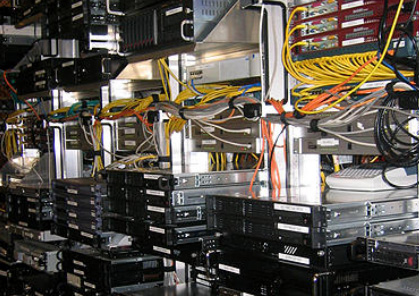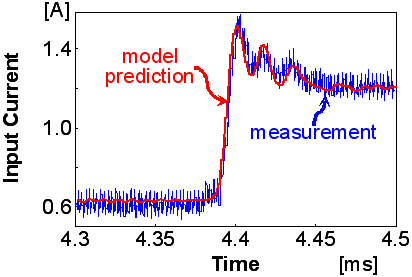LIBRARY
Black-box Modular-Terminal-Behavioral Modeling of Power Electronics Converters

Addressing this critical system barrier, CPES has recently developed a black-box modular-terminal-behavioral modeling methodology empowering the development and design of future power electronics based distributed power systems. The proposed approach is based entirely on the terminal characteristics of power converters, using a simple set of small-signal measurements to construct the low-frequency model without requiring any knowledge neither of the converter structure, nor of any of its internal parameters. Yet, the model itself intrinsically captures all this information without neglecting parasitics or simplifying the converter internal operation as conventional reduced-order models do. The modular aspect of the approach enables computationally very efficient analysis of all electrical phenomena in the systems consisting of hundreds of power converters connected in series and parallel through stacks of cables and filters.























































































